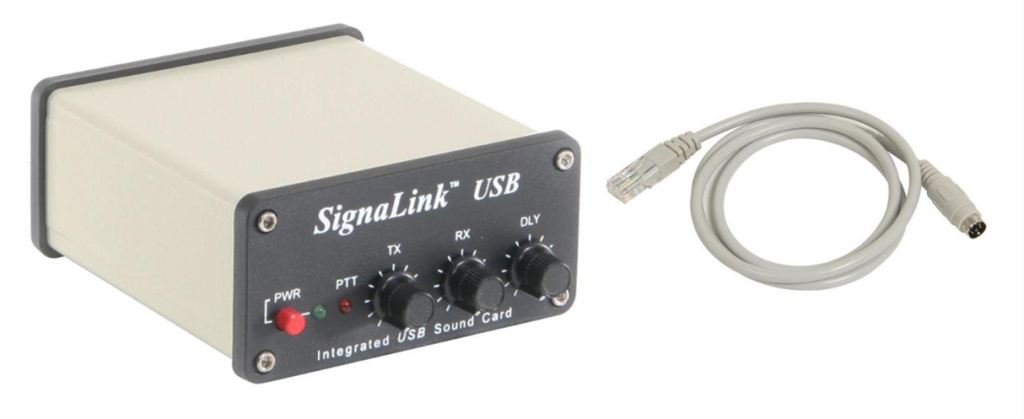Joe Taylor, K1JT, announced the availability of a new mode in the WSJT-X software suite, FT8, on June 29, 2017. Created by K1JT and Steve Franke, K9AN, FT8 stands for “Franke-Taylor design, 8-FSK modulation.” WSJT-X is a computer program used for weak-signal radio communication between hams. Note that this says weak signal and not necessarily low power. The program was initially written by K1JT, but is now open source and is developed by a small team.
In writing about the FT8 protocol several months after its release, K1JT highlighted some of its important characteristics:
* T/R sequence length: 15 s
* Message length: 75 bits + 12-bit CRC
* FEC code: LDPC(174,87)
* Modulation: 8-FSK, tone spacing 6.25 Hz
* Constant-envelope waveform
* Occupied bandwidth: 50 Hz
* Synchronization: 7×7 Costas arrays at start, middle, and end
* Transmission duration: 79*1920/12000 = 12.64 s
* Decoding threshold: -20 dB; several dB lower with AP decoding
* Multi-decoder finds and decodes all FT8 signals in passband
* Optional auto-sequencing and auto-reply to a CQ response
* Operational behavior similar to JT9, JT65
Getting Started
You need a radio with SSB capability. HF or SSB VHF is where FT8 can be found. You also need an audio interface. Some radios have this built in, requiring only a simple USB cord. The ICOM IC-7300, Yaesu FT-991A, and Kenwood TS-590SG are good examples of base stations that have this built-in capability. The ICOM IC-7100 HF/VHF/UHF transceiver is a mobile radio that has the audio interface built in.
If your radio does not have a built-in sound card interface, you can still access this function through an external sound card. There are quite a few products that can be used for this. One of the most popular is the Tigertronics SignaLink™ USB Interface Unit.

Now that you have the necessary hardware, you need software to run the program. You can download WSJT-X from the WSJT-X website, which notes:
“WSJT-X implements communication protocols or ‘modes’ called FST4, FST4W, FT4, FT8, JT4, JT9, JT65, Q65, MSK144, and WSPR, as well as one called Echo for detecting and measuring your own radio signals reflected from the Moon. These modes were designed for making reliable, confirmed QSOs under extreme weak-signal conditions.”
What constitutes a QSO in FT8? Here’s an example of a normal FT8 contact:
| “CQ KE8FMJ EM89” | CQ call from KE8FMJ |
| “KE8FMJ N8DXE EN91” | N8DXE replies with location |
| “N8DXE KE8FMJ-10” | KE8FMJ responds with a signal report |
| “KE8FMJ N8DXE R-09” | N8DXE replies with own report |
| “N8DXE KE8FMJ RR73” | KE8FMJ says Report Received and Best Regards |
| “KE8FMJ N8DXE 73” | N8DXE says Best Regards |
Each message takes 15 seconds to send. There are four slots per minute; you transmit for one 15 second block, listen for replies for 15 seconds, and transmit again for 15 seconds. Therefore, the above exchange would take about 90 seconds for a full QSO!
One last detail of importance—your computer’s clock must be extremely accurate with FT8. A computer clock can be notorious for drifting off, and FT8 needs to transmit with perfect timing to work well. This means that you need to keep your computer clock accurate to the precise second. The program Dimension 4 is perfect for keeping the computer clock accurate. It runs in the background and keeps the clock in sync by constantly resetting the time to one of the online atomic clock servers at an interval of your choosing.
Questions? Share them in the comments below or email me at KE8FMJ@arrl.net.

